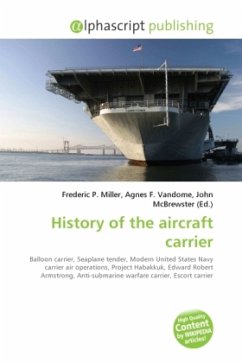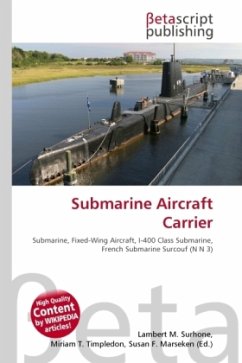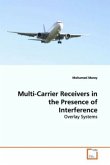Aircraft carriers are warships that evolved from balloon-carrying wooden vessels into nuclear powered vessels carrying dozens of fixed and rotary wing aircraft. Since their introduction they have allowed naval forces to project air power great distances without having to depend on local bases for staging aircraft operations. Balloon carriers were the first ships to deploy manned aircraft, used during the 19th and early 20th century, mainly for observation purposes. The advent of fixed wing aircraft in 1903 was followed in 1910 by the first flight from the deck of a US Navy cruiser. Seaplanes and seaplane tender support ships, such as HMS Engadine, followed. The development of flat top vessels produced the first large fleet ships. This evolution was well underway by the mid 1920s, resulting in ships such as the HMS Hermes, H sh , and the Lexington-class aircraft carriers. World War II saw the first large-scale use of aircraft carriers and induced further refinement of their design, leading to several variants. Escort aircraft carriers, such as USS Bogue, were built as a stop-gap measure to provide air support for convoys and amphibious invasions
Bitte wählen Sie Ihr Anliegen aus.
Rechnungen
Retourenschein anfordern
Bestellstatus
Storno








